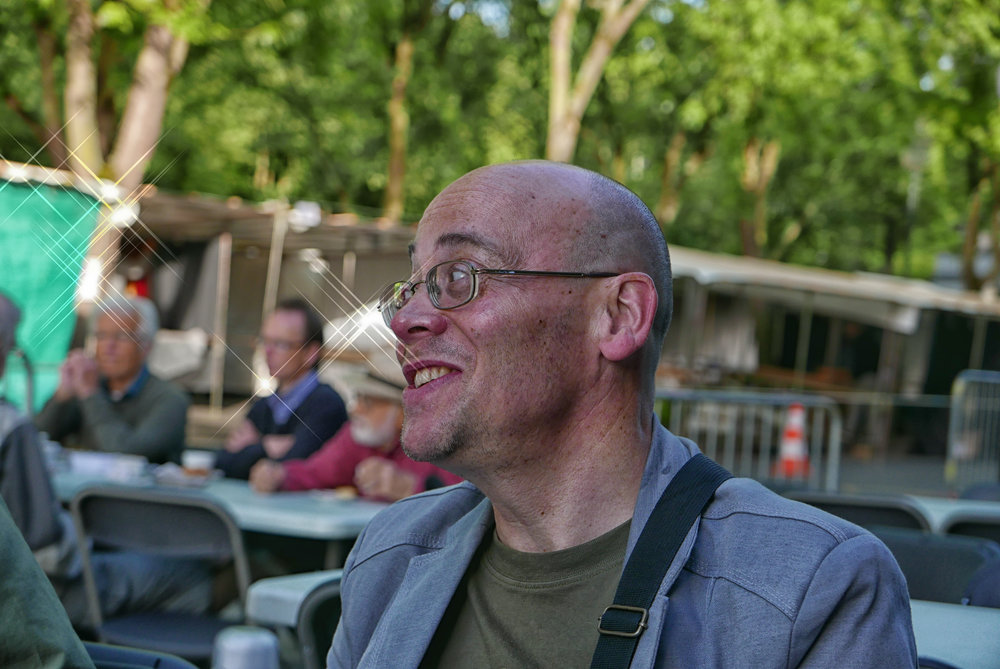
Since the long-awaited announcement of the LX100 II, I’ve been checking the specification to see if there are any hidden incremental goodies that were missed. Not so: The list of changes — despite the four-year wait for action — is minimal. Since the LX100 II is likely to become the next D-Lux, it’s important to take a hard look at the new features because, frankly, the old D-Lux or old LX100 could now be the better buy.
Sensorbilities
The most obvious difference and something we can’t overlook is the larger sensor. The LX100 II gets the 20MP sensor from the GX9 while the original LX100 was equipped with the previous-generation 16MP sensor. Yet even that isn’t quite what it seems. Since this is a cropped four-thirds sensor (a factor of 2.2 instead of 2 to 1) the usable pixel count on the new model is still only 17MP. The D-Lux and the old LX100 make do with 12.8MP.

Digital crops
The bigger sensor will clearly make a difference, but the question is whether that difference is significant to warrant upgrading to the new model. As we know from other cameras, such as our favourite Leica X1/X2 models, they are still producing impressive imagery over six years after they were launched, despite the advance in sensor technology.
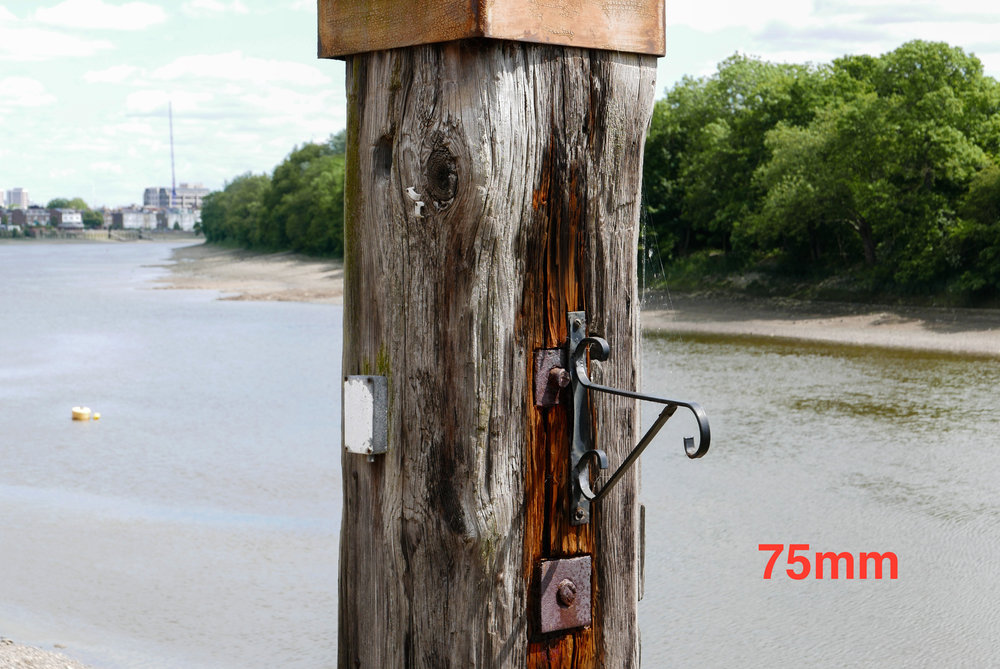
Yawnability
Other improvements are less momentous. The LCD monitor has a small bump in resolution, from 921 to 1240k and it is now touchable. Neither feature would fill me with lust. What else? Oh yes, the longest shutter speed has been increased from 60s to 1800s. Yawn. Again, nothing I would be very interested in.

The LX100 II and the new D-Lux (when/if it arrives) will undoubtedly be the better camera to own. But the price difference is sufficient to make you sit back and take stock.
The original LX100 is available new at just under £500 and there are good second-hand models to be had for half that price. Prices will soften from now on if you wait a month or two. The new Mk.II currently costs £849 and, again, wait a few months and it will be discounted. The Leica D-Lux will probably cost north of £1,000 when it is announced, but the current D-Lux is available new for £800 and for around £500 on the used market.

Crowning glory
Both the old and the new cameras retain the crowning glory of the LX100, that superb Leica DC Vario-Summilux f/1.7-2.8 ASPH 24-75mm zoom which is perfectly matched to the sensor.
This is a real gem and turns the LX100 or D-Lux into a fantastic travel camera. It doesn’t have the reach of the latest 1in-sensor cameras, such as the C-Lux or the RX100 VI, but its image quality is absolutely outstanding. A digital crop to the equivalent of, say, 150mm or 200mm (even on the old sensor) could outshine an optical zoom on a 20MP 1in sensor.
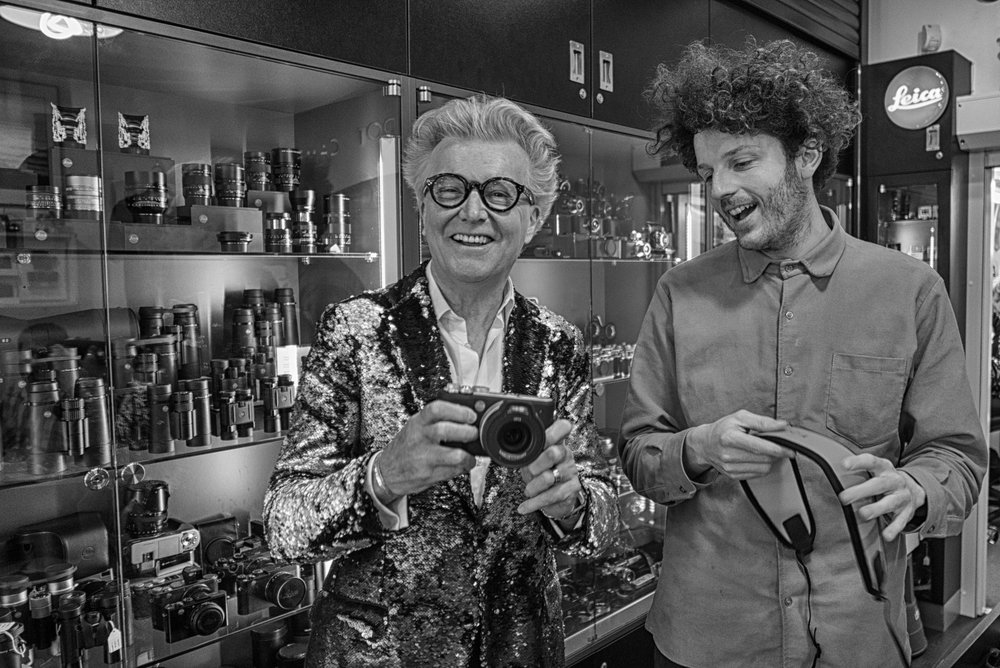
What do I recommend? If you already own the LX100 or D-Lux I’d stay with it. I don’t think it is worth swapping to the new model unless you get a really good deal. The cameras even look identical. If buying new, the decision isn’t so clear-cut. If I were in the market I would probably go for the new LX100 II (waiting a few months for the price to settle). But I would also be sorely tempted by a good used D-Lux for around £500. In fact, you could argue that this upgrade has just injected the old D-Lux with a new lease of life. Hang on to it.
The paucity of changes to the LX100 II leaves me wondering whether this is simply an interim, midlife-crisis upgrade. Perhaps we will see a completely new model sooner rather than later — yet another reason to stick with what you’ve got.
__________


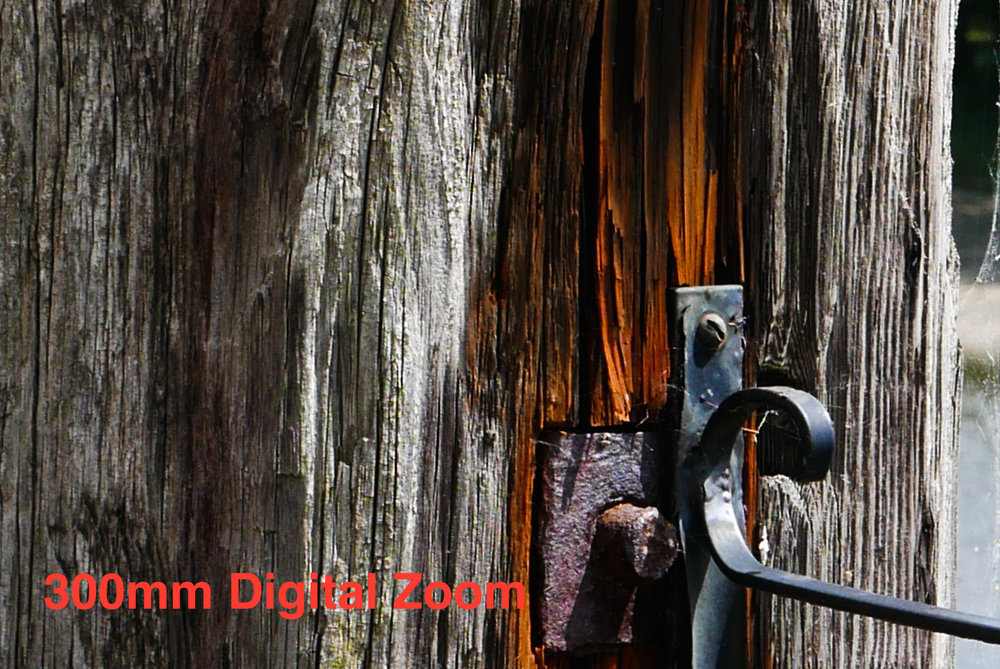
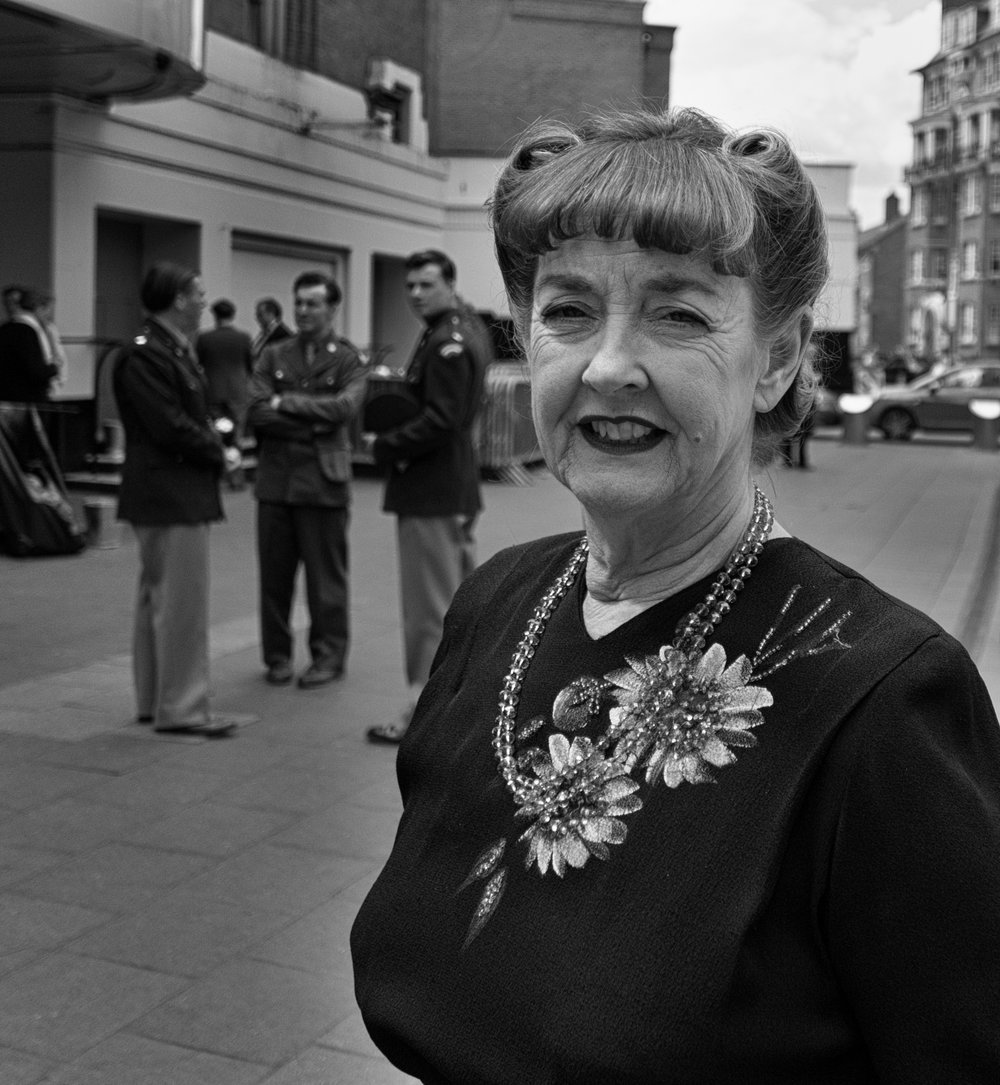
I’ll second John Nicholson’s comment above.
My D Lux 109 has been to the dusty Australian outback many times, as well as a number of different countries in Asia. No problems at all with dust.
I do wonder whether the dust commentary that the lens has developed is the product of just a few problem examples I.e. “squeaky wheel syndrome”?
If Ivor at Red Dot sees this message trail I wonder whether he could give an industry perspective of the proportion of D Lux 109 and DL7 cameras actually develop the dust problem.
And I’ve had mine in intensive use for neighborhood photography (“just seeing what is there”) during lockdown in Denmark. Not a speck of dust, yet! And the IQ is very imressive. I shoot mainly in aperture mode to determine depth of field (deep or shallow), or shutter mode when there is too much wind. The feature I have most come to love is the framing – not least square, which fits many subjects just naturally. I know you can crop 4:3 and 3:2 in pp, but that is different from seeing what you see at the time of capture. Oddly enough, it has drawn my attention to 16:9 in portrait mode which I had never thought of before! A friend objected: “That’s not how our eyes see”. Actually it forced our eye to scan the image up and down just like we do when we are switching between sky and eye-level in reality. I wouldn’t say I have bonded with the DL7 yet as I did instantly with the DL4 which the 7 was intended to replace. And I still prefer the experience of the X Vario with tiltable EVF.
However, I wouldn’t hesitate to recommend it.
I understood that the Mkll has a better guard against dust. I have the Mkl and had to have the sensor cleaned twice.
That is also my understanding. The Leica version of the first version was similarly prone to dust. But I’ve had no reports of the problem with the D Lux 7
Paradoxically. Mike, your very balanced review makes me think I could do some tidying up in my "modern" camera collection which has accumulated since 2010. I get the impression that the LX100 II and, of course, its Leica equivalent could do everything I currently divide between my D-lux 4 (old faithful), perhaps my X-Vario, my Sony RX100, and even the RX10. (Not, however, I think, my a6000 with Zeiss constant f4 16-70). Your zoom photo is immensely convincing. Having a clearance sale of the items mentioned might even pay for the new boy on the block as well as making for more focussed image making.
Food for thought indeed. But all these cameras have their own advantages and disadvantages, including size and weight. I do agree, though, that m4/3 has a foot in many camps and the LX100 Mk.II could be a good compromise solution.
I know one Leica enthusiast who regularly makes A3+ exhibition prints from his D Lux 109 files who will likely welcome the new sensor and the inevitable D Lux 209 (?)… because when the need arises, it will enable tighter cropping with less quality loss. The enthusiast also produces A3+ exhibition prints from his Leica X2 image files which are of noticeability better quality than those from the D Lux 109 … but he prefers the greater versatility of the D Lux 109.
Yes, I agree. It depends what you are going to use the images for. If printing large size or more ambitious cropping is desired, then the bigger sensor will always win. That’s why I say it’s worth buying the new model if you don’t already have the old one. As an upgrade, though, it needs careful consideration.
It’s an interesting update camera. Just enough update to make it tempting, but not enough to make it compelling.
Dunk’s comment re his friend likely to upgrade is probably quite right. The higher pixel count of the LX100ii takes it well into the A3 realm, which is at the limit for the original LX100/ D Lux 109. But if you only go to A4 prints and digital screens then the larger pixel size of the original LX100/ DLux 109 might even be an advantage.
Swings and Roundabouts. I’ll be keeping the D Lux 109, a great travel camera with a great lens, as you well point out Michael.
Given the current facts, I definitely agree with you Mike. I have just ordered a lens wrap for mine which occasionally travels in a -‘tum-bag’ to give it extra protection.